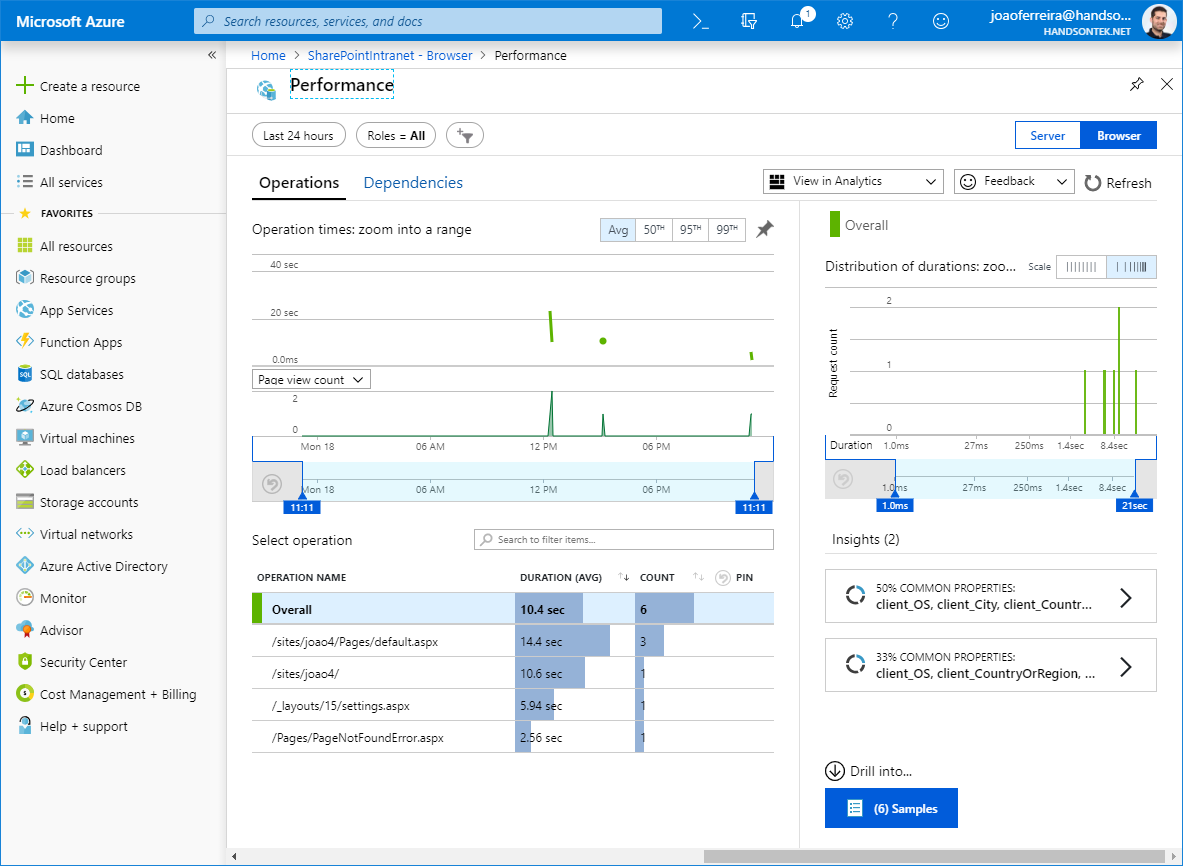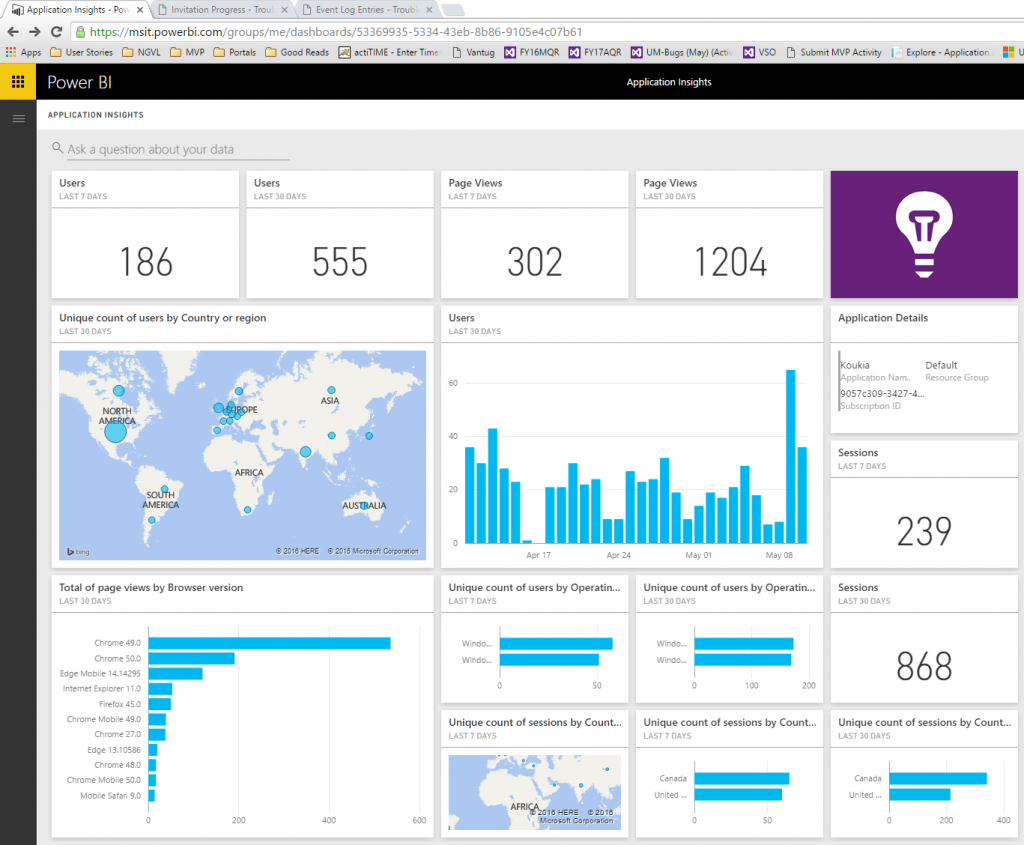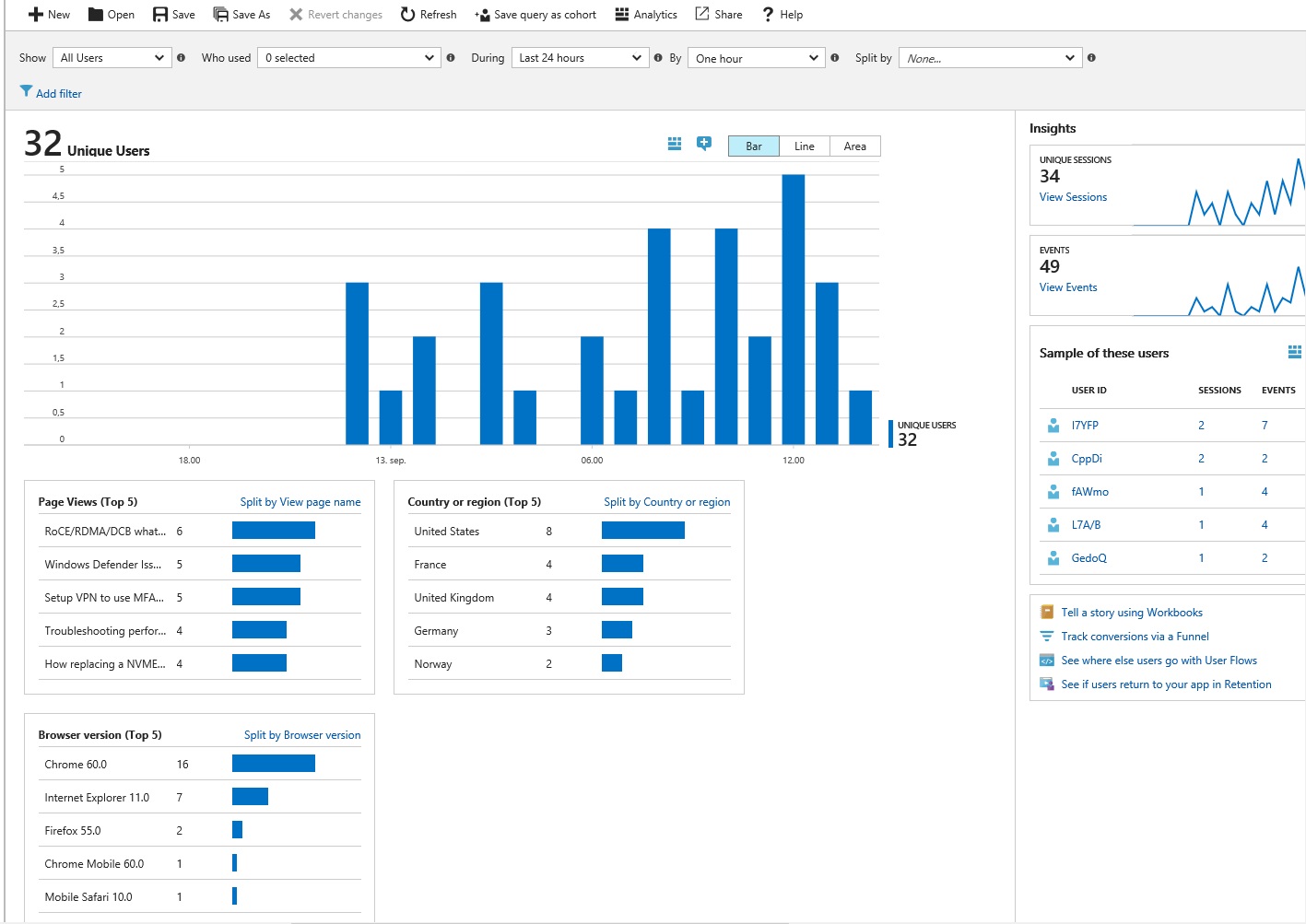

This project follows the all-contributors specification. Thanks goes to these wonderful people ( emoji key): The TelemetryHttpClient could be one piece in a long chain of HTTP middleware - it is composable. This request will be captured as a request telemetry item. Typical usage looks like this: final telemetryHttpClient = TelemetryHttpClient( This class will automatically time requests and forward on the details of completed requests to a given Telemetr圜lient as request telemetry items.

Whilst you can certainly use Telemetr圜ackRequest to track HTTP requests yourself, you can save time by using the TelemetryHttpClient HTTP client. We print synchronously here to ensure the output is written in the case we force exit.ĭebugPrintSynchronously('Sending error telemetry failed: $e\r\n$t') ĭebugPrintSynchronously('Original error: $error') Severity: isFatal ? Severity.critical : Severity.error, Get any additional properties for the crash report here, such as device information.

Get your Telemetr圜lient instance here, perhaps by DI or some other mechanism. To submit crashes in Flutter applications as telemetry, follow the following recipe: void main() error: $error') Typically you would use a package like device_info_plus to obtain information on the device and fill in the appropriate properties on the context. Of course, you can leverage whatever data sources and third party libraries make sense in order to populate properties. Additional properties can be bundled with individual telemetry items. But you can also set whatever property name you like. These built-in helpers simply set the pre-defined properties all telemetry items submitted via that client. Properties associated with the Telemetr圜lient will be attached to Here are examples of both: final telemetr圜lient =. As the name suggests, these properties are in addition to those within the context. Every method on Telemetr圜lient allows you to specify additionalProperties that will be captured only for that telemetry item.Moreover, you can share a Telemetr圜ontext between multiple Telemetr圜lient instances if desired. Properties in this context object will be attached to every telemetry item submitted. On the Telemetr圜ontext associated with your Telemetr圜lient.You may also want to configure additional properties to be submitted with telemetry items. Once you have a Telemetr圜lient, you can simply invoke the various methods to capture telemetry items: telemetr圜ackTrace(
App insights code#
Please review the example code and API docs for alternative configurations. For example, you might have one Telemetr圜lient that buffers telemetry items and is used for all telemetry other than errors, and a second that does not buffer and is used only to submit errors as promptly as possible.

Depending on your processing needs, you may have a need for more than one Telemetr圜lient in your application. This is a typical setup where telemetry items are buffered before being transmitted. Provide a value for the ingestionEndpoint parameter when creating a TransmissionProcessor. NOTE: depending on your Azure environment, you may also wish to override the default ingestion endpoint. Once you have your instrumentation key, you can construct a Telemetr圜lient as follows: final processor = BufferedProcessor( Open your Application Insights resource and look in the Overview tab. The only piece of information you need to integrate with Application Insights is your instrumentation key, which you can find inside the Azure portal.
App insights install#
Where?įirstly, install the azure_application_insights package, then you can import it into your Dart code as follows: import 'package:azure_application_insights/azure_application_insights.dart' In the context of Flutter applications, it allows you to deeply understand user interactions, performance, and faults in your application.
App insights software#
Why?Īpplication Insights is a powerful tool for understanding how your software system is operating. It allows you to push telemetry items into your Application Insights instance. This is a Dart library that integrates with Azure's Application Insights service.


 0 kommentar(er)
0 kommentar(er)
